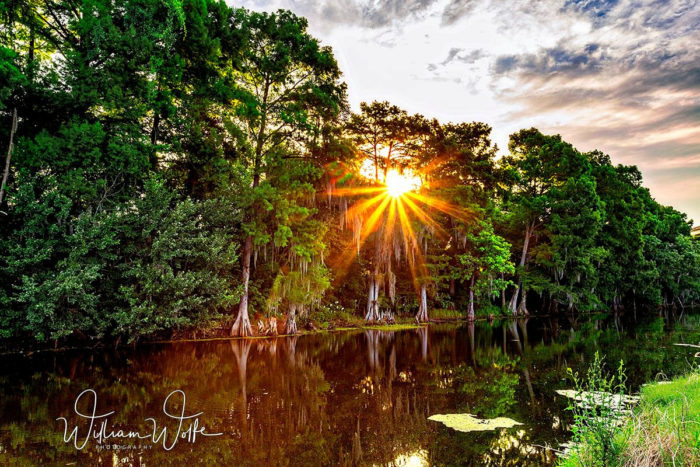Greg Boyington’s AVG P-40
by Britt Vallot
I was very excited to start a plane with the famous shark mouth, and since I already did Pappy’s Corsair with the Black Sheep I thought I’d also do the Hawk he flew in China.

I got a little more ambitious than I first anticipated. I found a 1:48 resin engine for the V-1710-33 and knew I just had to try it out. This was the first time I attempted detailing something to this extent and scratched out at that.
I am a real stickler for building up anything that’s visible and reworking control surfaces.
The hardware surrounding the engine is almost entirely scratch-built from brass rod and brass and aluminum tubing. Also, there are a few strips of Tamiya tape for connectors and retaining clips that comprise the assortment of hoses, ducting, etc. that bring either oil or coolant and the electrical components to and from the engine.

Nearly every such hose or line is present – but not quite. It eventually got too “busy” for me to get in there to do it all. So I left it as close as I could get it. The radiator was built up from a plastic tube, a brass tube, some mesh and was fit to the intakes with brass sheet cut to fit as scoops.
The coolant expansion tank on the bulkhead was from plastic sheet. The straps “holding” it down are Tamiya tape strips. In all…excluding the one piece resin engine it’s probably around 70 separate parts that combine to make what you see.
How long did it take me on just the engine? (I wouldn’t know. I need to start timing myself!) Maybe around 10 hours: that could be low. It’s not hard for an hour or two to fly by sometimes.

The biggest thing I wanted to tackle on this build was getting the dreaded DuPont colors right. For that, I dug through a lot of photos from the war. There’s a site that took several pictures and color-adjusted much of the blue present, revealing a color that was closer to what was used.
The site also referenced DuPont colors through general orders and documents by number and compared them to Federal Standard equivalents.
With all of that data, I used an app I found for my iPhone called imodelkit and through it I played with the colors database until I found the group of colors and ratios of colors to use. Saves a lot of paint!
I did my best to get the final weathering to appear chalky and sunbaked. As for the weathering, I actually start a weathered look with paint first. I’ll add either a flat white or buff or both to the color I’m painting in. (I paint exclusively in Tamiya) I dilute it considerably and spray either in streaks from front to back or in little circles along specific panels.
I used a diluted mix of NATO Black/Red-brown to add in darker wear to the paint in certain spots. Also, I tape off certain high wear/traffic or flat surfaces that would see a lot of sun or heat and paint them a slightly different color before moving on to more common methods of weathering. This time around I used the Tamiya weathering compound tray. I spread this around with the applicator they provide. I used mostly light sand colors and a darker mud color I think they titled “oil stain.” This was sealed in Alclad’s flat.

The masks are just plain old printer paper that I drew out and cut myself. I double backed some Tamiya tape to stick it down and kept my airbrush at a near 90° angle while painting. I understand that the RAF masks were rubber that made hard demarcation lines, so I was certain to see it happen this way on the camo application.
It was in one part taped down closely, and my paints were quite diluted.
I also used the pressure from the airbrush to push down on the paper first before painting. (I have a double action AB) I also always paint into the middle of what’s getting painted and never in the direction of underneath the mask. But it’s mostly a combo of the diluted paint and pressure from my AB.
Additional aftermarket included resin engine from Engines & Things, True Details cockpit, and everything else was scratched built. By the way, this kit is the Revell kit. It’s the one that’s out on most shelves these days. Surprised?

Photos by Britt Vallot
